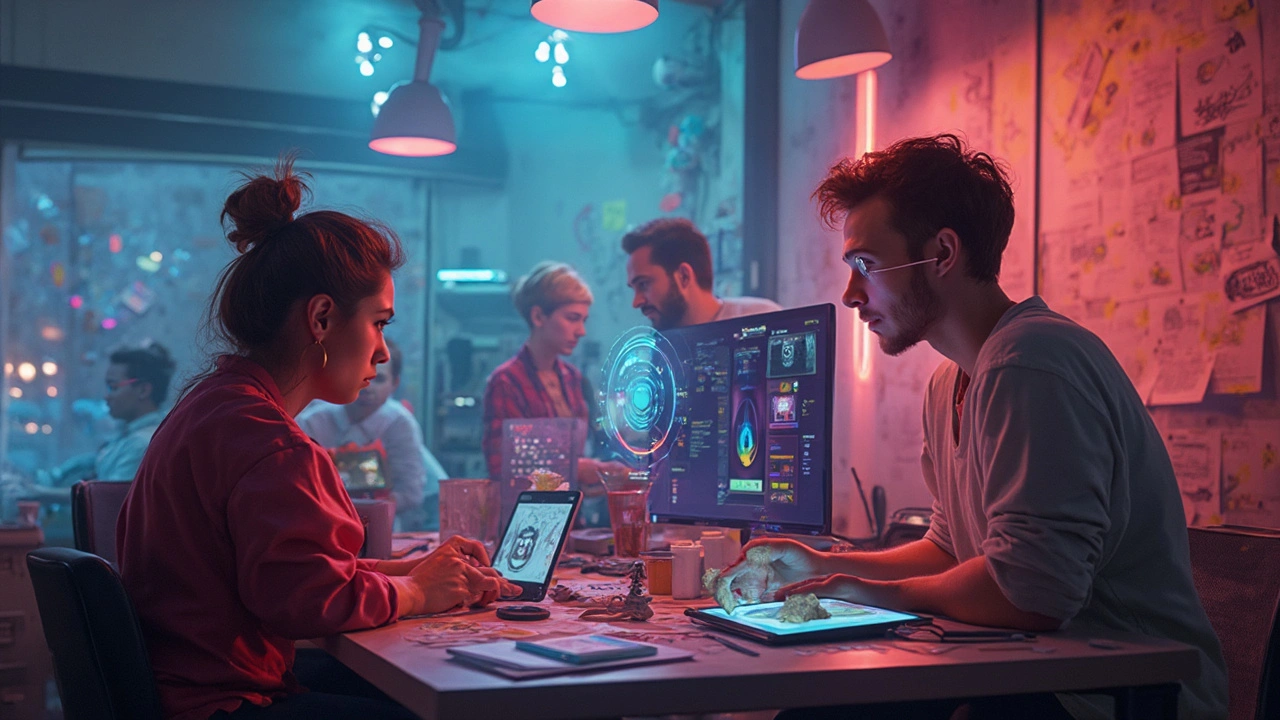Creative Process for Developers: Simple Steps to Better Code and Ideas
Ever stared at a blank editor and felt stuck? That pause is part of the creative process. The trick is to turn that stuck feeling into small, repeatable moves that get you building again. Below are concrete habits and steps you can use today to design, code, and debug with more clarity and less friction.
First, set a clear, tiny goal. Instead of “build a chat app,” aim for “send and display one message.” Small goals cut noise and force creative choices that actually move the project forward. Use a 30–90 minute timebox for the first version. Time pressure helps creativity, not hurts it.
Sketch before you code. A quick diagram or a few bullet steps on a sticky note saves hours of backtracking. Think of the sketch as a hypothesis: you’ll test it fast and change it. Keep sketches short—just enough to show data flow, major components, or the user step you’ll implement first.
Prototype fast and throw most of it away. Use REPLs, Jupyter notebooks, or small scripts to confirm assumptions. Don’t optimize for elegance on the first pass; optimize for learning. A quick prototype tells you what’s worth polishing and what’s a dead end.
Debugging as a Creative Tool
Treat debugging like a small design loop: reproduce, isolate, hypothesize, test. Reproduce the bug with the simplest inputs. Then remove parts until the bug goes away—this isolates the trigger. Form a short hypothesis (one sentence), write a test or reproduce step, then change the smallest thing that could prove the hypothesis. Use logging and breakpoints, but also try a binary search approach: comment half the code paths and see where behavior changes.
Use rubber-ducking and pair debugging. Explaining the problem out loud often reveals the answer. If you’re alone, write a short note to an imaginary teammate describing what you expect and what actually happens. You’ll spot mismatched assumptions fast.
Tools and Habits That Keep Ideas Flowing
Keep a scratchpad for tiny ideas—file names, CLI commands, one-line design notes. When you return to a project, those notes cut the restart time in half. Use templates for common tasks (project setup, testing, CI). That removes busywork and frees headspace for creative choices.
Let AI help, but don’t outsource thinking. Use code completion and quick examples to skip boilerplate. Then read and tweak the output. The creative work remains your design choices and safety checks.
Rotate focus weekly: one week on learning a new library, next week polishing tests, next week building a small end-to-end feature. Rotation prevents creative burnout and keeps cross-pollination of ideas.
Try one of these right now: set a 60-minute goal, sketch the steps, and build a minimal prototype. If you get stuck, explain the problem out loud for five minutes. Small habits like these turn creative stops into steady progress.

- Aug 10, 2025
- Alfred Thompson
- 0 Comments
How Artificial Intelligence Is Shaking Up Animation Studios Today
AI is transforming animation—speeding production, automating tasks, and fueling new creativity. Discover what's changing and why it matters for animators.
